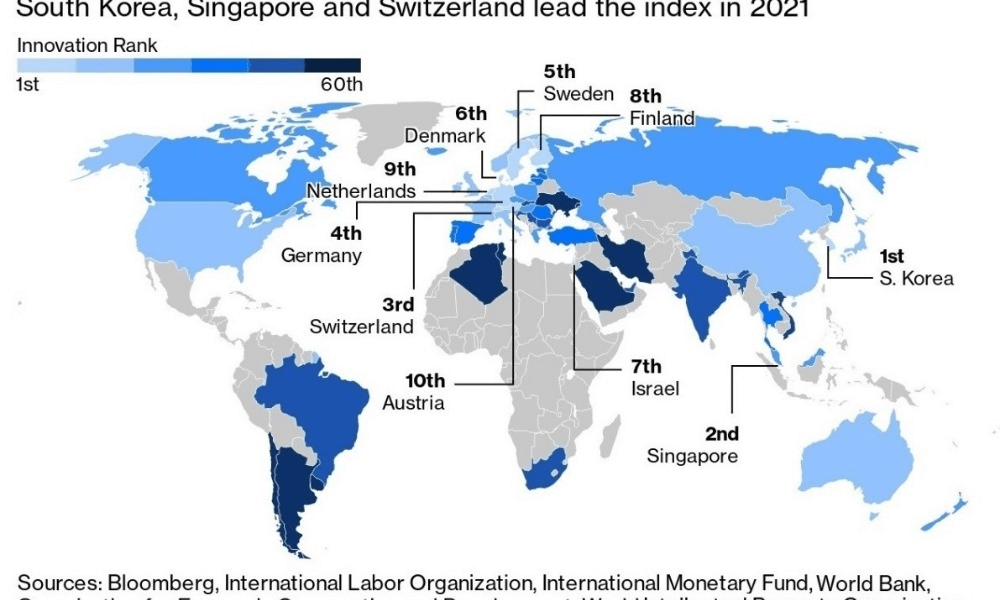Why the team «of two pizzas» — not a panacea sendcertifiedmail.com citywideps.com public storage, personal storage, storage unit sendcertifiedmail.com citywideps.com public storage, personal storage, storage […]
Read moreCategory: Business
How to Attract Billions in Investments Despite War
Israel — A startup country that has been at war for over 70 years. How does it do it? Israel is in a permanent state […]
Read moreHow the metal container changed the world
How the metal container changed the world What we have to thank a simple truck driver from the United States for.
Read moreIdeas to tame the virtual world
Potential “unicorns.” 5 meta-universe startups to watch out for By 2024, the size of the meta-universe market will approach $800 billion, according to Bloomberg Intelligence […]
Read more8 signs of toxic people
8 signs of toxic people
Read more7 Work Tips Psychologists Have Given for 2022
7 working tips that psychologists have given for 2022
Read more6 Fateful Mergers and Acquisitions
When the big fish eats the little fish: 6 fateful company mergers What would have happened to Android in 2005 if not for Google.
Read more5 TED lectures for recruiters and HR managers at
Build a tower, build a team: 5 TED lectures for recruiters and HR professionals Why resumes — Not an indicator, and an open salary culture […]
Read more4 trends that big brands are already testing
Marketing the meta-universe: 4 trends that big brands are already testing If it’s a game for kids, why are brands so eager to get there?
Read more








